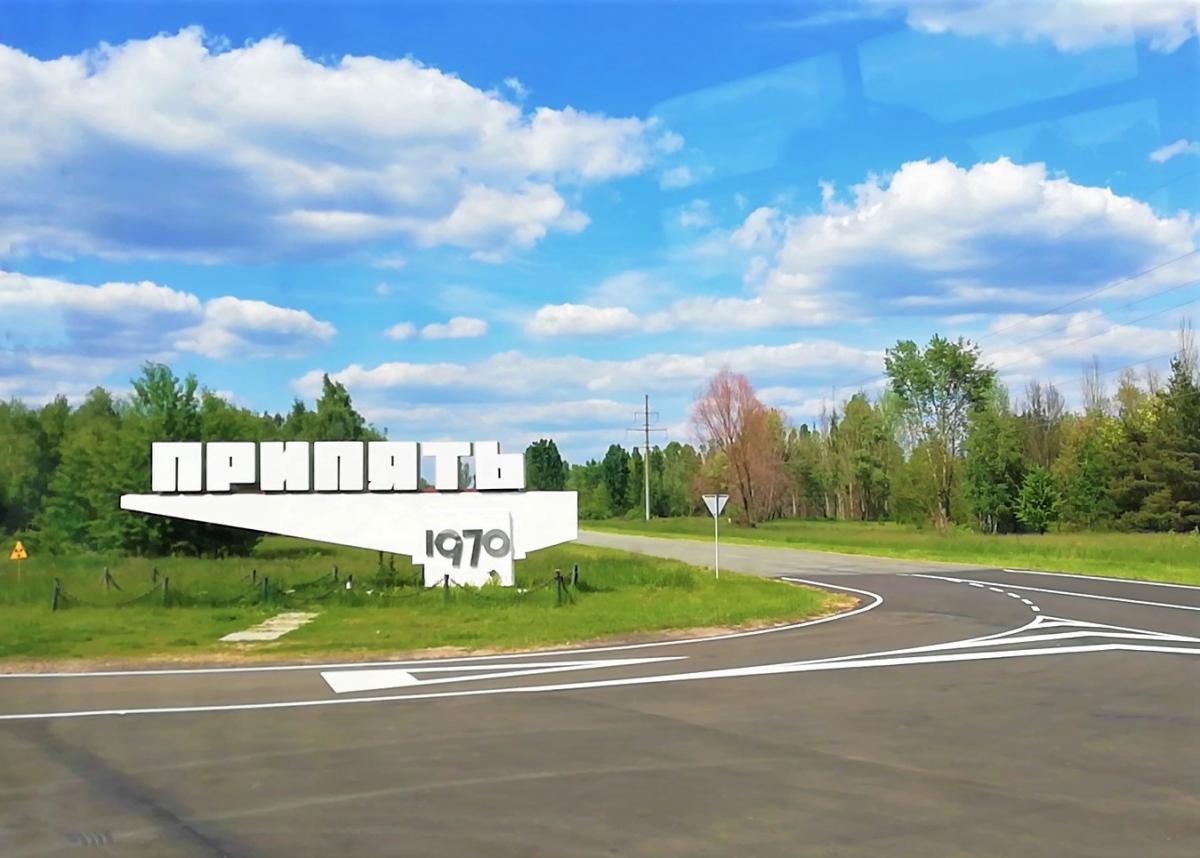“This year, work has begun to revalue the level of radioactivity of territories around the Chernobyl NPP.”, – WRITE: www.unian.ua
This year, work has begun to revalue the level of radioactivity of territories around the Chernobyl NPP.
 To return the population to Pripyat is precisely too early, officials / photo Marina Grigorenko sayThe territory around the Chernobyl NPP still remains unusable in agriculture, but it is worth considering which area is discussed. About it writes RBC-Ukraine with reference to the Ministry of Environment and the State Agency for Management of the Exclusion Zone (DAZV).
To return the population to Pripyat is precisely too early, officials / photo Marina Grigorenko sayThe territory around the Chernobyl NPP still remains unusable in agriculture, but it is worth considering which area is discussed. About it writes RBC-Ukraine with reference to the Ministry of Environment and the State Agency for Management of the Exclusion Zone (DAZV).
State structures commented on a high -profile scientific publication, which was argued that some previously released territories today seem to be safe and suitable for economic use. Officials emphasized that the research that scientists write about was conducted not in the immediate vicinity of the Chernobyl NPP, but in the neighboring Zhytomyr region.
“It should be emphasized that this territory is not a zone of alienation from which the population was evacuated in 1986,” officials say.
They emphasize that the territories contaminated in 1986 were divided into zones according to the level of danger. With regard to the Zhytomyr region, there are territories attributed to the zone of unconditional compulsory resettlement and the zone of guaranteed voluntary resettlement.
Officials remind that the legislation prohibits agricultural activity in the exclusion zone and the area of unconditional compulsory resettlement.
“The legal regime of these zones does not change without the official procedure for reviewing the status, and the conclusions of individual studies in individual areas do not abolish the legislative prohibitions,” – noted in Mindovkil and DIAs.
At the same time, officials say that at the beginning of this year, the government approved a decision on a new stage of dosimetric certification of settlements that have undergone radioactive contamination as a result of the Chornobyl disaster.
“From 06.05.2025, the departures of 2 mobile groups to the Zhytomyr region have been started. They include dosimetricists, radiation monitoring specialists, observers, as well as representatives of territorial communities,” the statement reads.
Radiological situation around the ChernobylAccording to UNIAN, on the eve of a certain publicity, a scientific publication, which outlines the results of an experiment conducted by a group of British and Ukrainian scientists. They grown agricultural crops in previously submerged territories and saw that in most cases the plants did not accumulate radionuclides.
We also said that in the Chernobyl zone, wild boars were surprisingly radioactive. Scientists could not understand why these animals were more radioactive than others.
You may also be interested in news:
- Remembrance Day of the Chernobyl disaster: What is important to remember the tragedy
- Chernobyl zone survived a catastrophe and Russian invasion: what’s going on there today (video)
- In Chornobyl, scientists found creatures that were not injured in nuclear catastrophe: what is the reason
